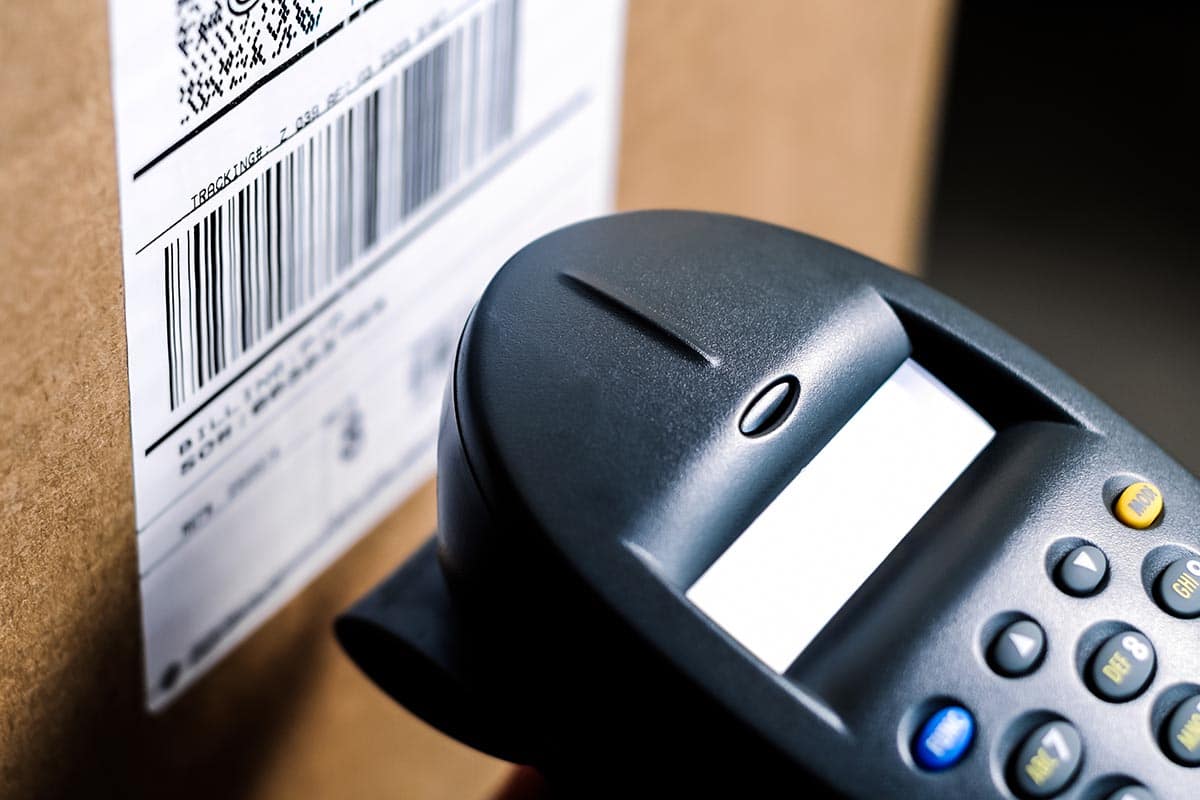How to Perform SKU Analytics to Ensure eCommerce Profitability

Managing inventory is one of the least favorite tasks for an eCommerce business owner.
It’s a time-consuming yet necessary task, but not one very many owners or their employees, look forward to doing. But it shouldn’t be this way.
Recording a proper and accurate inventory can tell you so much more than how much stock of an item you have on hand. By thoroughly understanding your inventory and conducting basic SKU analytics, you can actually improve your sales and profitability. When you have data about your inventory, you can be better prepared for the future and scale your online business. Taking inventory is way more than just simple counting.
Skewed Inventory? Not With a Smart SKU Management
As you probably are familiar, SKU analytics rely on the SKU number: an 8- to 12-digit alphanumeric code for each type of product a company offers. Having a robust SKU system will help you to have an easily searchable and organized inventory system for your internal use.
These SKU numbers are devised by you and can give you information about your product. For example, if the bar of soap you sell was manufactured in August of 2019, you can begin the SKU with the three digits 819. You could also create numerical codes for all of your products at random, as the SKU number is entirely created by you. However, having a coded SKU system will be of greater service to your business than random numbers. Don’t confuse a SKU with a UPC code. SKU serial numbers are meant to help you keep inventory internally with easily readable information about your products.
Tips for SKU Management
Since you will be creating your own SKU system, it’s important to create alphanumeric codes that can give you information at a glance. In addition to knowing when an item was manufactured or acquired, you can also denote color, size, or type of product. There are a few loose rules you can follow when creating a SKU.
- Create a SKU that denotes the most important descriptor first, such as the size of a shirt
- List less important characteristics in descending order (size, season of manufacture, place of manufacture)
- Keep your SKU concise, so as not to be confusing
- Do not start your SKU with a zero. This can be confusing for inventory software.
- Remember that even though a SKU is an internal number, your customers may also use them to find the items that they need or want. If you have a passionate customer base, keep this in mind when creating your SKU system.
How to Perform SKU Analytics
When you are ready to analyze your inventory, you may not know exactly where to begin. Performing SKU analytics is simple to do when you have reliable inventory management software. So begin by looking at the data within your inventory system. With this data, you’ll be able to better calculate your profit and even projected sales for the future.
Once you’ve become comfortable manipulating the data your software has provided, you should conduct SKU analysis on a regular basis. This could mean monthly, quarterly, or yearly.
Benefits of Analyzing SKUs
At a very basic level, SKU analytics will help you to keep track of how much inventory you have on hand, aid you in ordering more supplies, and help you to know the best times to reorder. But there is so much more that SKU analytics can help you accomplish.
As an example, SKU analytics can give you important information about your best-selling product. Once you know how many units you have on hand of your best-selling item, you can calculate the cost of storing this item. Does the cost of storage for this hot ticket item negate your profits? If so, then it’s time to rethink your storage costs or the amount of inventory you keep on hand during any given season. Or maybe your best-selling item boosts the sales of some other complimentary items you sell. Now you can think about bundling items to help them sell faster. Perhaps you find which item is your best seller, but notice that it only sells in the summer. Now you know that you can save money on warehouse space by not ordering a large supply of the product until the spring.
When you understand SKU data, you’ll be able to anticipate your future sales, understand where to focus your marketing efforts, and prepare for dips or rises in sales. There are many more data points you can find through SKU analytics that can help you to better plan for your fiscal year.
Increase Your eCommerce Profits With a 3PL
Partnering with a third-party logistics company (3PL) streamlines the SKU analytics process for any busy ecommerce business. This is because a trusted 3PL service will take on the task of conducting your SKU analytics on your behalf.
A reputable 3PL, like Ship My Orders, will be able to give you a detailed report of the best way to manage your inventory to increase your sales. In addition, a 3PL warehouse will provide you information about the supply chain process, take care of all your packing and shipping needs, and have valuable information about how to improve your inventory storage. While they manage the logistics, you’ll be free to focus on other aspects of running a profitable ecommerce business. If you’d like to explore what Ship My Orders can do to help grow your online business, please request a free quote.

-1.png)


